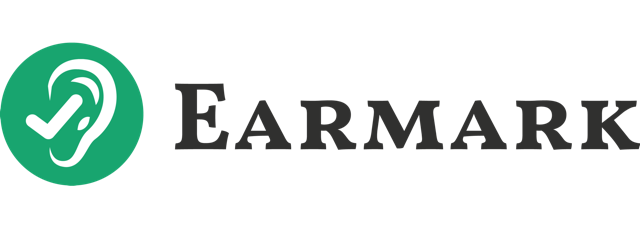Want to 2x your productivity while working way less? Sounds like a pipe dream, right? According to CPA John Briggs, it’s not just possible – it’s the key to thriving in accounting.
I recently chatted with John on my Earmark Podcast, and he explained his game-changing “3.3 Rule.” This approach challenges the traditional 70-hour workweek and billable hours model that’s been burning out accountants for decades.
John says the 3.3 Rule is the secret sauce for boosting efficiency, reclaiming work-life balance, and improving profitability.
So, what exactly is this magical rule? And how can you implement it in your firm? Let’s dive in.
Understanding the 3.3 Rule
The 3.3 Rule is based on cognitive science research showing that the average office worker is only truly productive for—get this—2 hours and 53 minutes in a typical 8-hour workday.
John takes advantage of this natural productivity pattern by structuring work in focused bursts of up to three hours, followed by strategic recovery periods.
As John puts it, “The rule, simply stated, is the most efficient workday consists of working up to three hours at a time, followed by a 30% recovery period.” So, if you crush it for three hours straight, you’ve earned yourself a full hour of downtime before diving back in.
The beauty of the 3.3 Rule is that it adapts to different work styles:
- 🏃♂️ “Sprinters” who work in short, intense bursts (think 60 minutes of work, 20 minutes break)
- 🚶♂️ “Joggers” who can maintain focus for 1.5 to 2 hours
- 🧘♂️ “Zen masters” who can work for the entire three hours straight
The key is to know your rhythm and match your work style to the task at hand. As John says, “If I feel like I’m losing focus after an hour, that’s totally fine.” It’s all about working smarter, not harder.
Implementing the 3.3 Rule
So you’re sold on the 3.3 Rule. But how do you make it happen in your firm?
First things first: mindset shift. John emphasizes the importance of self-awareness. “If I feel like I’m losing focus after an hour, that’s totally fine,” he says. The key is to match your work style to the task at hand.
By implementing this methodology, John’s firm has maintained an average of just 42 hours per week during tax season for the past three years. You read that right – 42 hours. In busy season.
So, what’s the secret? Two words: value pricing.
John advocates for setting prices based on the value provided to clients, not the time spent. “I don’t necessarily think billable hours is actually a great way to bill in general. I like value pricing or fixed pricing,” he says.
Value pricing complements the 3.3 rule by:
- 💸 Allowing firms to benefit financially from increased productivity
- 🙅♂️ Removing the pressure to “look busy” during less productive hours
- 🎯 Focusing on outcomes for clients rather than inputs from accountants
But wait, you might be thinking – how do you measure productivity without billable hours?
John’s firm uses job descriptions and result-based metrics. For example, they might track the number of tax returns completed or the complexity of clients managed. They use a weighting system where complex clients are equivalent to multiple simple clients, ensuring fair workload distribution and accurate productivity measurement.
Implementing the 3.3 Rule isn’t always easy. It requires a fundamental shift in how we think about work. But the payoff? Happier staff, better work, and a healthier bottom line.
What Happened at John’s Firm
What’s it like to implement the 3.3 Rule? John shares his journey of transformation:
“When I started my firm, I said, ‘I refuse to put my team through the same crap that I had dealt with,’” he recalls. For John, that meant hiring more staff to ensure everyone could work at about 80% capacity, allowing room for those crucial recovery periods.
And the benefits? They go way beyond just happier employees (though that’s a huge win in my book!).
John notes, “When you work, you work.” Those focused work periods lead to higher productivity and fewer errors. Plus, this approach helps retain top talent in an industry where competition for skilled professionals is fierce.
The 3.3 Rule doesn’t just benefit your team – it benefits your clients, too. You’re delivering real value by focusing on outcomes rather than hours logged. And when you’re not stuck in the weeds of busy work, you have more bandwidth for the high-level strategy and advisory work clients crave.
Of course, implementing the 3.3 Rule isn’t always a cakewalk. John recalls, “When I introduced it to my team, they were weirded out. They’re like, ‘Is this a trick to get me fired because you’re going to catch me not working?'”
Leadership buy-in and clear communication are crucial to overcoming these challenges. You’ve got to walk the walk and lead by example.
The 3.3 Rule, combined with value pricing, offers a blueprint for firms to align their work practices with human cognitive limitations and client needs. By focusing on outcomes rather than hours worked, firms can achieve the holy trinity: increased productivity, improved work-life balance, and enhanced profitability.
It’s a win-win-win for accountants, their firms, and their clients. And in an industry long overdue for a shake-up, that’s something to get excited about.
Get all the details by listening to this episode of the Earmark Podcast.
